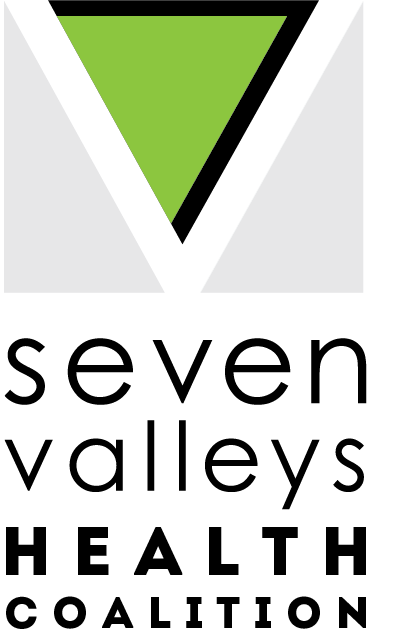#FoodWasteFriday: Gleaning
Glean:(‘glēn) verb: To gather or collect (something) in a gradual way.
Gleaning refers to the collection of food crops from farmers’ fields that have already been harvested or from fields where it is not profitable to harvest (or re-harvest!) due to time, effort, and/or financial outcomes.
Simply put, gleaning is the harvesting of surplus foods that would otherwise waste away in the fields.
Then vs. Now: A Quick History of Gleaning
Biblical Times: According to several books of the bible, farmers were instructed to leave the edges of their fields unharvested and were told that they should not go back through harvested fields to collect what may have been missed or dropped. The poor or those who lacked land access in their communities were expected to come behind the harvesters and collect any leftovers or missed food items. One of the more famous stories in the bible is about a gleaner named Ruth, who was a woman who moved from her hometown to a foreign community to help take care of her mother-in-law.
Middle Ages + Early Modern Times: Throughout Europe, the activity of gleaning continued for those who were poor. In this era of time, gleaning was even enforceable by law and it was a known right that community members could attend to any field or property that was accessible. This legal standing helped to build a safety net into society, long before SNAP or other governmental-led relief existed.
P.S. - In both early and modern times, gleaning was been a popular art subject, as portrayed by several well-known artists below:
Jean-François Millet, 1857
Lhermitte-Les Glaneuse, 1898
Jules Adolphe Aimé Louis Breton, 1895
Arthur Hughes, Date Unknown
Modern Times: As the industrial era arrived and harvesting equipment became automated and more efficient, gleaning became a less common way of addressing the hunger rates in a community. While the introduction of World War I and World War II provided opportunities for communities to partake in gleaning practices once again, society as a whole trended away from rural living towards city dwellings where gleaning was not an accessible activity. This lifestyle movement gave way for the other options of social support to rise in popularity, including the establishment of the Salvation Army, etc.
Current Times: The act of gleaning has begun to make a comeback in the past decade as communities, especially those that are rural, have recognized the importance of this activity. The modern twist on this age-old tradition is that today’s gleaning is often done by staff from funded programs, churches, or by other community volunteer groups instead of by the individual who is in need. With 40% of produced food being wasted in the shuffle from fields to processing centers, from grocery stores to dinner tables, gleaning can be an important and timeless way for communities to come together to serve those who may have less while reducing the amount of food waste that creates a myriad of negative impacts on today’s environment.
Ready to glean with us?
We need you! Join us on Saturday, August 14th for our third annual gleaning event at Hall’s Hill Blueberry Farm and help pick the last of the blueberries for local food pantries! Find out more info here.







